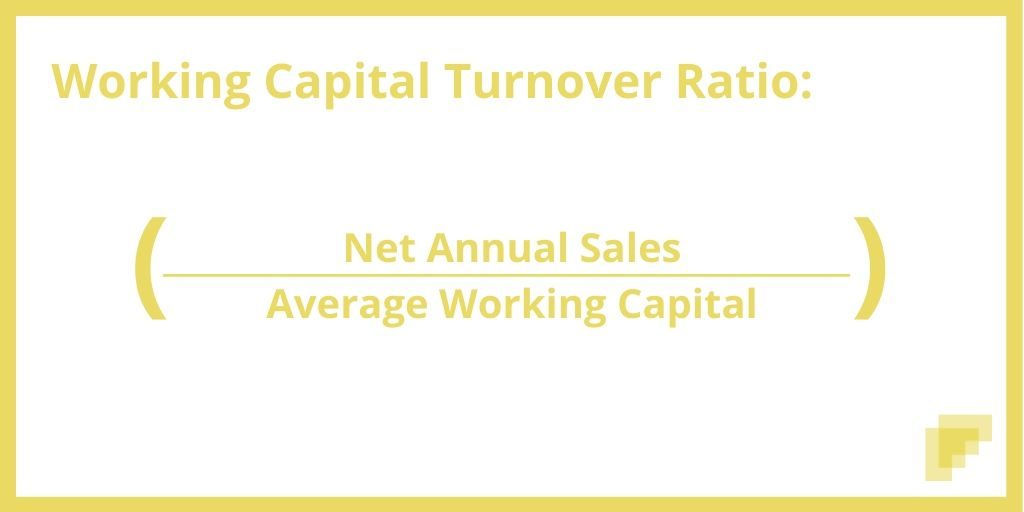
The objective is to attain an impressive proportion of the working capital turnover. Once you understand what working capital and turnover mean, it will be easy for you to understand the purpose of the ideal working capital turnover ratio. Net Sales or Turnover = Gross Sales – Discounts – Credit Note – Taxes Turnover is an important factor when calculating various ratios. Working capital turnover of a business is the net sales of the business. Working Capital = Current Assets – Current Liabilities Working Capital Turnover Working capital is the difference between current liabilities and assets. Positive working capital means that the company has enough short-term funds to cover short-term liabilities, which is beneficial for the business. The company should continuously check the status of its working capital and take compulsory corrective actions as quickly as possible. Working capital is a short-term need for funds. If there isn't effective control of working capital, a business may run into a loss. Working capital is essential for any business to operate efficiently. Working capital is the capital needed by the company for the day-to-day operation of the business. So, calculating the present and anticipated working capital ratios can be crucial in securing that financing. It is common for startups to require external financing to create enough working capital to support their sales growth. Or, businesses may decide to provide working capital for new equipment or software. It could be utilised to increase the effectiveness of internal operations and processes. Thus working capital is the spare cash left to be reinvested in the business to increase sales. In contrast, liabilities relate to the amount your company owes to creditors, such as the accounts payable and salary. In a brief overview, assets are the things your business owns, including cash and stocks. Working capital comprises your assets in the present minus your current liabilities. The money is used to boost sales after debts and settle bills. Working capital is a must for every company, whether you're a family-owned company, startup, or a well-established multinational corporation. A good value would be between 1.2 and 2.0.Īlso Read: What is Net Working Capital: See Definition and Importance What is a Working Capital? If the value is greater than 2, then the company is not investing the excess assets. If the value is less than 1, this means the company has negative working capital (W/C). Now, let's check the interpretation of the working capital turnover ratio and intricacies.Īn organization's working capital ratio measures its short-term financial health and efficiency. The ratio is the best way to make a trend and comparative analysis for various firms within the same field and at different intervals. A high working capital turnover ratio is not the best situation for any company, so caution should be exercised when looking at the ratio.


A higher number shows efficient use of working capital, and a low ratio is a sign of inefficiency. This measure is how efficiently a business uses working capital. This ratio reveals the number of times working capital is recirculated during a year. The working capital turnover ratio indicates the rate of usage of the working capital net.


 0 kommentar(er)
0 kommentar(er)
